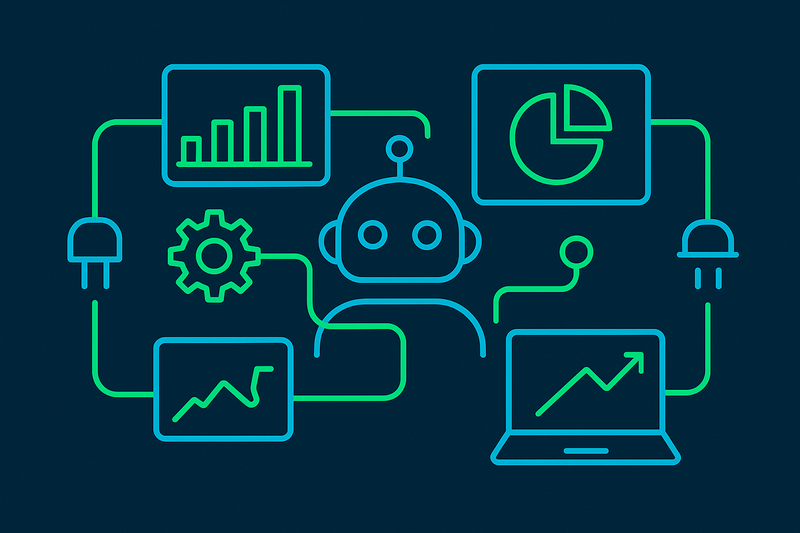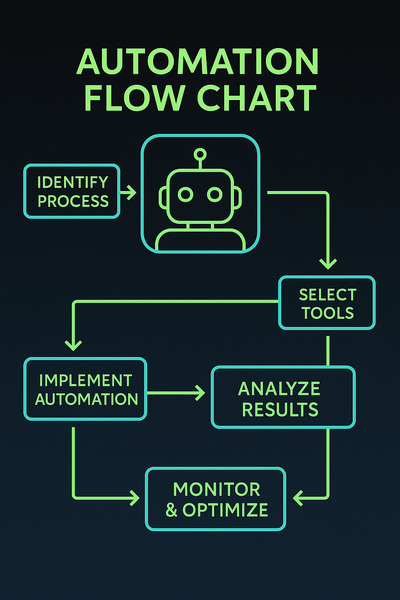The ROI of AI: How Businesses Save Time and Money with Automation

Artificial intelligence isn’t just a buzzword – it’s a proven catalyst for cutting costs and boosting productivity. Yet many leaders hesitate because they’re unsure how to quantify the return on investment. The reality is that automation can deliver significant savings by reducing manual labour, increasing throughput and minimising errors.
Consider the time your team spends on repetitive tasks like compiling reports, monitoring systems or handling routine customer queries. By deploying AI solutions to automate these activities, you eliminate hours of low‑value work. This translates directly into reduced operational costs and allows your staff to focus on initiatives that generate revenue. Automation also enhances accuracy, which reduces the costly rework associated with human errors.
Another aspect of ROI lies in scalability. AI systems can handle increased workloads without the linear expense of hiring and training more employees. Whether your business is experiencing seasonal spikes or rapid growth, automation provides flexibility and resiliency. Moreover, the data captured through automated processes offers insights that inform future optimisation, compounding the benefits over time.
Calculating the ROI of AI doesn’t have to be complicated. Identify the processes consuming the most time, estimate current costs and project the savings once automation is in place. We’ve helped organisations across industries build solid business cases for AI investment. Ready to explore yours? Book a free strategy call and let’s uncover the financial impact automation can deliver.
Automation Steps & Logic
Below is a high-level overview of the steps involved in automating this process:
- Identify the Process: Map out the exact workflow that needs automation, including inputs, outputs and decision points.
- Select the Right Tools & Platforms: Choose AI agents, RPA bots or integration tools based on complexity and scalability needs.
- Design & Prototype: Build a proof of concept or prototype to validate the logic and gather stakeholder feedback.
- Implement & Integrate: Deploy the solution and integrate with existing systems, ensuring data flows seamlessly between components.
- Monitor & Optimise: Continuously track performance, gather insights and iterate on the automation to improve efficiency.
Recommended Bots & Agents
Here are examples of intelligent agents that can assist with this use case:
- Conversational AI Bots: Handle customer queries, onboarding or support through chat or voice interfaces.
- RPA Bots: Automate rule-based, repetitive tasks such as data entry, invoicing and report generation.
- Data Extraction Bots: Collect and cleanse information from documents, emails or web pages for downstream processing.
- Scheduling & Coordination Agents: Automate meeting bookings, reminders and coordination across teams.
- Integration Agents: Seamlessly connect your CRM, ERP, marketing and communication tools through APIs.
